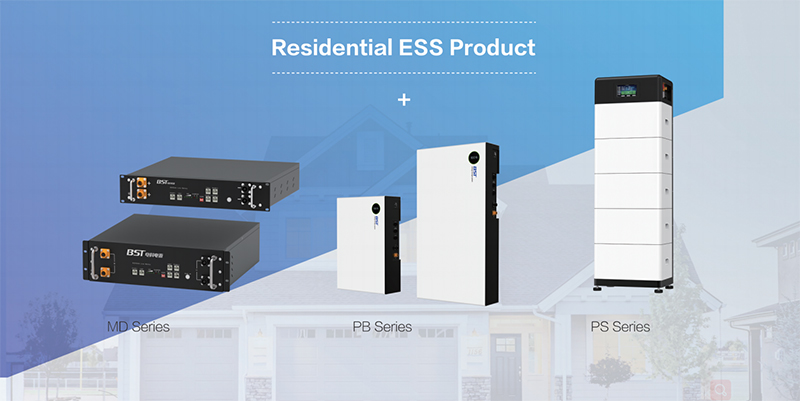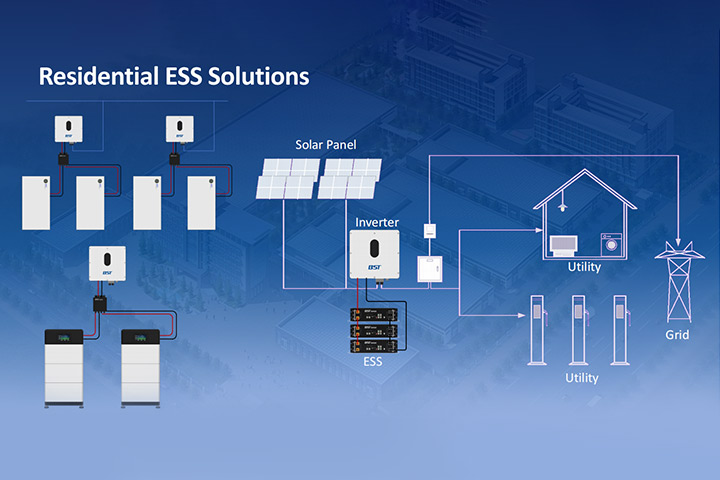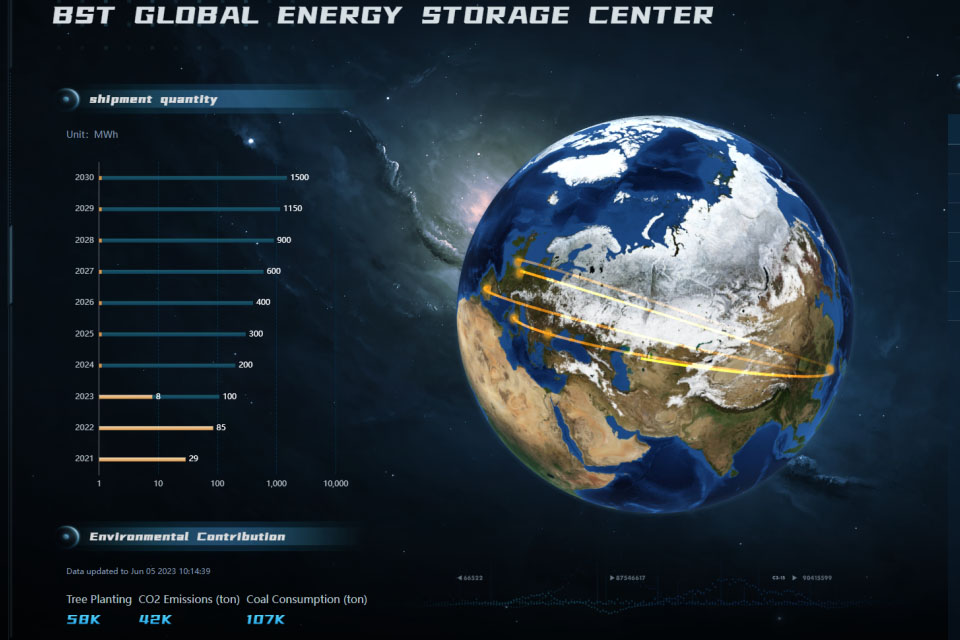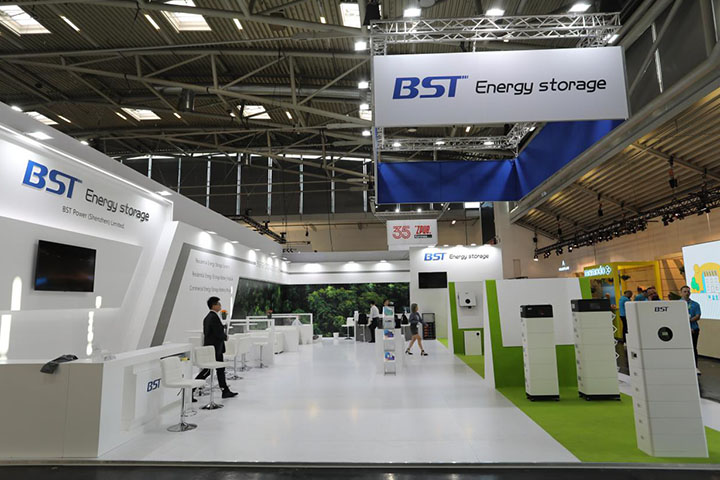In today’s rapidly evolving energy landscape, the demand for customized home energy storage systems is growing at an unprecedented rate. As global electricity costs fluctuate and governments push for clean energy transitions, homeowners and businesses are seeking reliable, efficient, and tailored battery storage solutions. For B2B partners, offering custom energy storage products through OEM (Original Equipment Manufacturer) and ODM (Original Design Manufacturer) models can open new markets and improve long-term competitiveness.
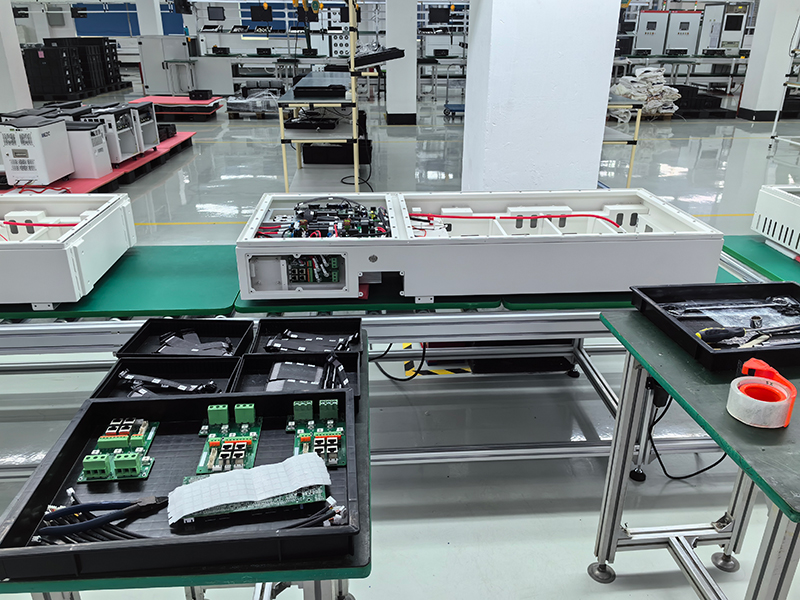
Why Custom Home Energy Storage Matters
Every home, country, and utility grid has different energy needs. A one-size-fits-all approach may not be ideal, especially when dealing with various climates, load requirements, and grid regulations. Custom home energy storage systems allow businesses to:
- Meet local standards and certifications
- Adapt to varying residential load profiles
- Offer unique branding or technical features
- Integrate with diverse renewable energy systems
In this context, OEM/ODM customization is not just a preference—it’s a strategic necessity.
Understanding OEM vs ODM for Energy Storage
| Model | Definition | Ideal For |
|---|---|---|
| OEM | You provide the design and brand; the manufacturer produces it | Companies with in-house R&D or branding strategies |
| ODM | The manufacturer designs and produces a product you can rebrand | Startups or businesses without R&D but needing quick market entry |
By choosing the right model, partners can align production with their brand values, technical roadmap, and local market needs.
Key Areas of Customization in Home Energy Storage
Customizing a home battery system involves more than changing the logo. Here are the most critical aspects that OEM/ODM partners often tailor:
1. Battery Capacity and Configuration
Different markets have different household consumption levels. Partners can choose:
- Capacity ranges: 5kWh, 10kWh, 15kWh+
- Scalable modular systems
- High-voltage or low-voltage options
2. Battery Chemistry
Although LiFePO4 (LFP) is the most popular chemistry for residential applications due to its safety and long life, partners can also request:
- NMC (Nickel Manganese Cobalt) for higher energy density
- Lead-acid (in developing markets)
3. BMS (Battery Management System) Integration
A custom BMS ensures compatibility with:
- Local grid codes
- Hybrid/off-grid solar inverters
- Real-time monitoring platforms
4. Casing and Installation Options
- Indoor/outdoor waterproof cabinets
- Wall-mounted or floor-standing designs
- Custom enclosures for harsh environments (cold, humidity, dust)
5. Branding and UI Customization
- Custom logos and housing colors
- Tailored mobile apps or online dashboards
- QR code tracking and cloud services
Advantages of Offering Custom Energy Storage Solutions
✅ Faster Market Penetration
With a localized and customized product, partners can break into new markets more effectively.
✅ Increased Customer Loyalty
Tailoring solutions for installers and end-users increases brand trust and loyalty.
✅ Higher Margins
Custom solutions allow you to differentiate from price-driven competitors and offer higher-value products.
✅ Compliance with Local Regulations
OEM/ODM solutions can be built to meet specific grid interconnection standards and certifications (CE, UL, IEC, etc.).
Case Study: Custom Storage Solution in Europe
A European partner collaborated with a Chinese energy storage manufacturer to launch a 10kWh LFP battery system optimized for winter conditions and limited solar production. The system included:
- Pre-installed heating elements
- CE-certified IP65 waterproof cabinet
- Custom mobile app with multiple language options
This product achieved a 35% higher sales rate than generic models in the region within 12 months.
How to Start Your Custom Energy Storage Project
Step 1: Define Your Target Market
Consider local grid behavior, typical home energy loads, and regional solar trends.
Step 2: Choose OEM or ODM Model
Evaluate your internal capabilities—design team, technical requirements, and brand positioning.
Step 3: Collaborate with a Trusted Manufacturer
Look for a partner with:
- 10+ years of experience in residential energy storage
- In-house R&D team
- Export compliance knowledge (e.g., CE, UN38.3, MSDS)
- Scalable production and flexible MOQ
Step 4: Prototype & Testing
Work closely on the design and testing process to ensure the product meets your technical and branding expectations.
Step 5: Go-to-Market Strategy
Prepare product documentation, install training, warranty terms, and marketing assets for a successful product launch.
Conclusion: Customization Is the Future of Residential Energy Storage
Global energy needs are diversifying, and consumer expectations are rising. Custom OEM/ODM energy storage solutions allow your business to lead this shift by offering tailored, high-quality, and future-ready systems.
Whether you’re an installer, distributor, or solar solution provider, partnering on a custom energy storage solution will help you stand out in an increasingly competitive and sustainability-focused market.
Why Choose BST as Your OEM/ODM Energy Storage Partner?
With over 23 years of expertise in the energy storage industry, BST POWER is a globally trusted manufacturer specializing in custom lithium battery systems for residential and commercial use. Our in-house R&D team, advanced production facilities, and strict quality control systems allow us to offer fully tailored OEM/ODM solutions to clients worldwide.
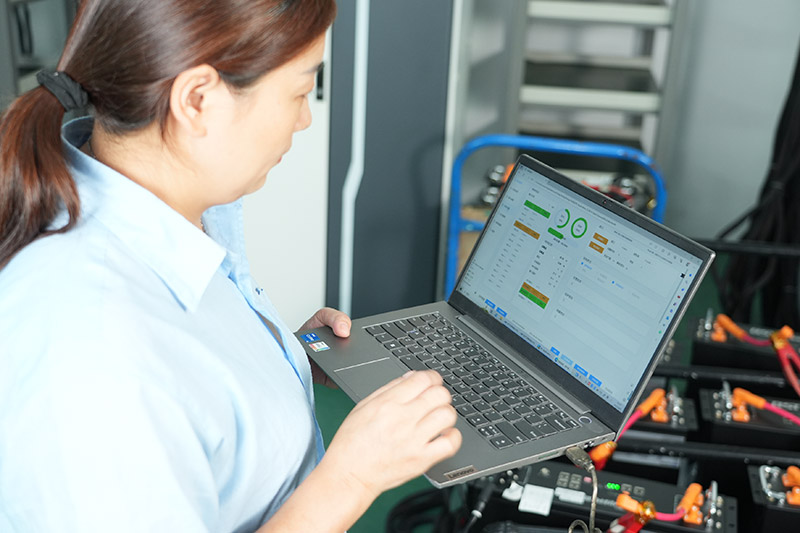
We support customization at every level—from battery cells and BMS integration, to app interface design, casing materials, and global certification requirements (CE, UN38.3, UL1973, IEC62619, etc.). Whether you are seeking a private label product or a fully engineered solution from concept to delivery, BST provides end-to-end services with flexible MOQs, fast lead times, and multilingual support.
Join hundreds of global partners who rely on BST to power their brand with safe, scalable, and innovative energy storage solutions.
